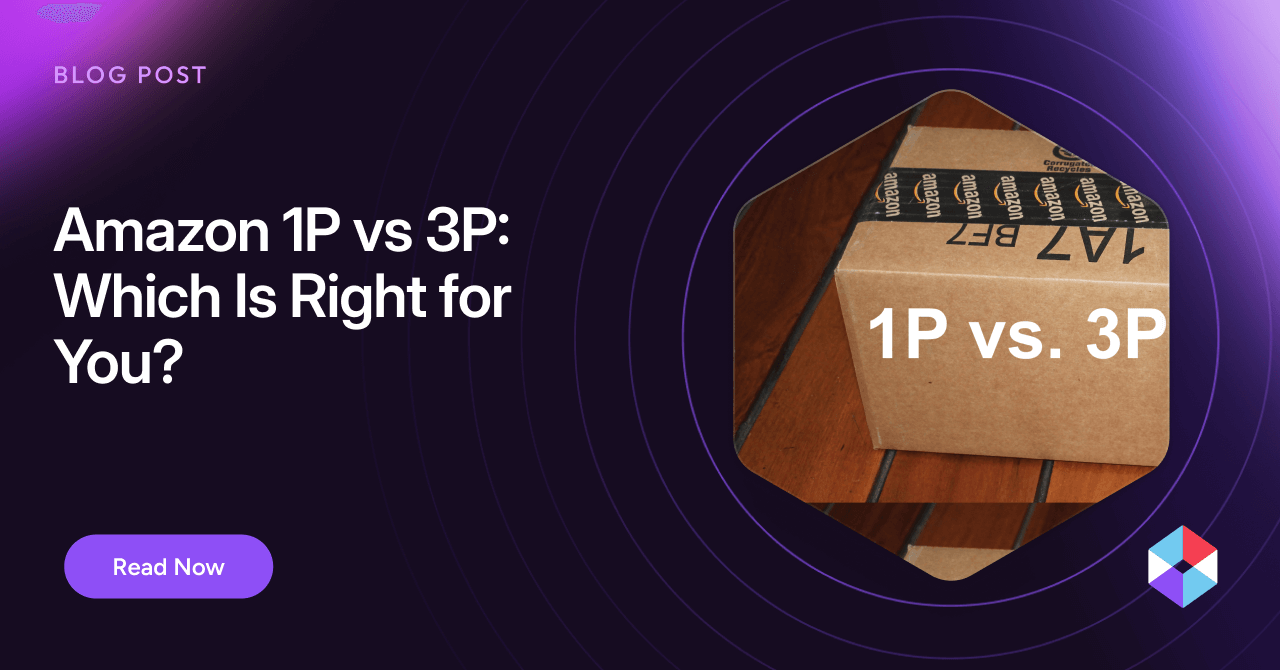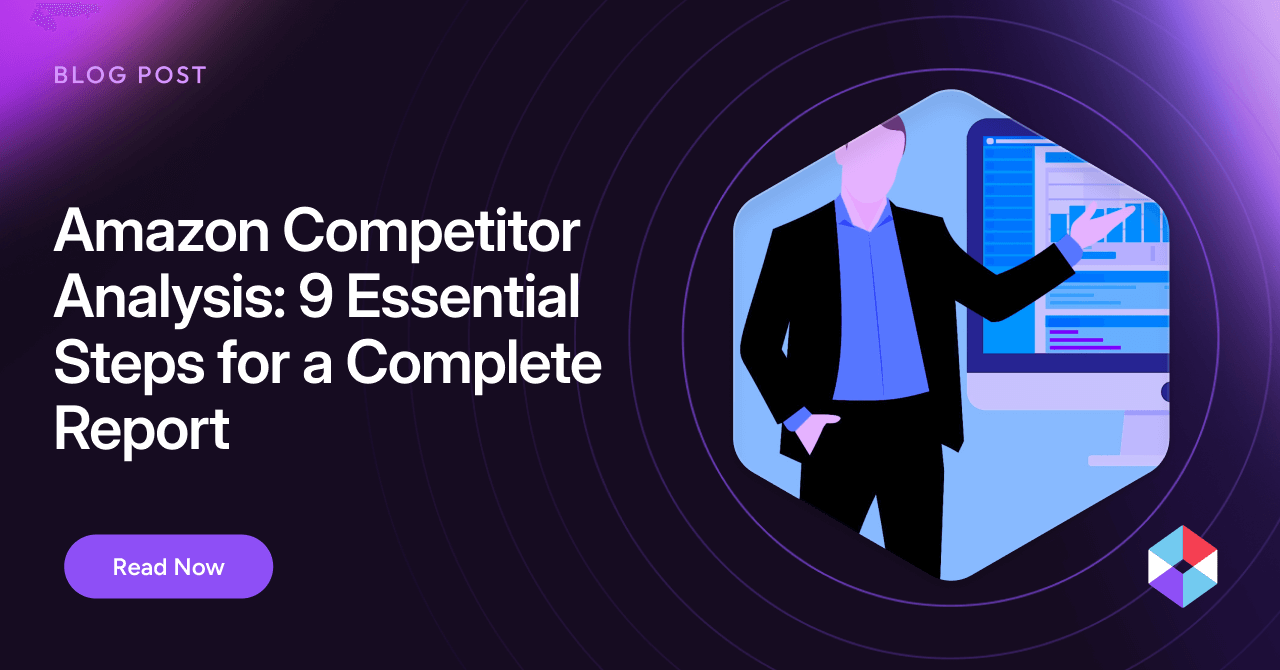If 2020 was the year of lockdowns and e-commerce growth, and 2021 the year of a nostalgic return to stores, 2022 is the year we’ll see the two channels become closely intertwined. Savvy consumer goods companies and retailers need to understand the relationship between their physical presence and online sales. Key to this is tapping into advanced analytics that can help them both identify correlations and signpost optimal business decisions to drive sales in both.
We expect ecommerce to continue growing in 2022, reclaiming the momentum it lost last year when in-store sales surged and, at certain periods, outpaced ecommerce. But, despite this return to the online sales boom of 2020, the continued importance of traditional in-store distribution should not be underestimated. Many of our customers have detected strong correlation between physical footprint and online sales from the same area. The logic behind this relationship is simple: a strong physical presence in a specific location through on-shelf visibility and neighborhood marketing campaigns helps strengthen brand awareness, which in turn contributes to online sales. This is especially true for newer or niche brands.
 2021: In-store sales rebounded with above-average growth in return-to-office categories like apparel and jewelry purchases, as people prepared for the end of remote working. The holiday shopping period began much earlier than usual, driven by early Black Friday and Cyber Monday promotions, and customer concerns around supply chain interruptions and product shortages. In 2021 “Christmas decorations” was the #1 ranked search term on Amazon as early as the week starting October 31. In 2020, the term did not reach the #1 ranking till the week of November 29.
2021: In-store sales rebounded with above-average growth in return-to-office categories like apparel and jewelry purchases, as people prepared for the end of remote working. The holiday shopping period began much earlier than usual, driven by early Black Friday and Cyber Monday promotions, and customer concerns around supply chain interruptions and product shortages. In 2021 “Christmas decorations” was the #1 ranked search term on Amazon as early as the week starting October 31. In 2020, the term did not reach the #1 ranking till the week of November 29.

What we saw during the last 24 months
2020: The first year of the pandemic saw shoppers flock online. Quarantine-led indoor activities drove up sales in everything from puzzles and home exercise equipment to baking, decorating, and homeware. One of the biggest pandemic trends was amateur baking, spurring the banana bread and sourdough baking phenomenons of spring 2020. Noogata saw searches for sourdough bread spike in spring 2020, with the search frequency rank for “sourdough bread” moving from position 91,356 in March 2019, to position 1,972 the month of the pandemic. 2021: In-store sales rebounded with above-average growth in return-to-office categories like apparel and jewelry purchases, as people prepared for the end of remote working. The holiday shopping period began much earlier than usual, driven by early Black Friday and Cyber Monday promotions, and customer concerns around supply chain interruptions and product shortages. In 2021 “Christmas decorations” was the #1 ranked search term on Amazon as early as the week starting October 31. In 2020, the term did not reach the #1 ranking till the week of November 29.
2021: In-store sales rebounded with above-average growth in return-to-office categories like apparel and jewelry purchases, as people prepared for the end of remote working. The holiday shopping period began much earlier than usual, driven by early Black Friday and Cyber Monday promotions, and customer concerns around supply chain interruptions and product shortages. In 2021 “Christmas decorations” was the #1 ranked search term on Amazon as early as the week starting October 31. In 2020, the term did not reach the #1 ranking till the week of November 29.
Amazon Rank for ‘Christmas Decorations’ Search Term




